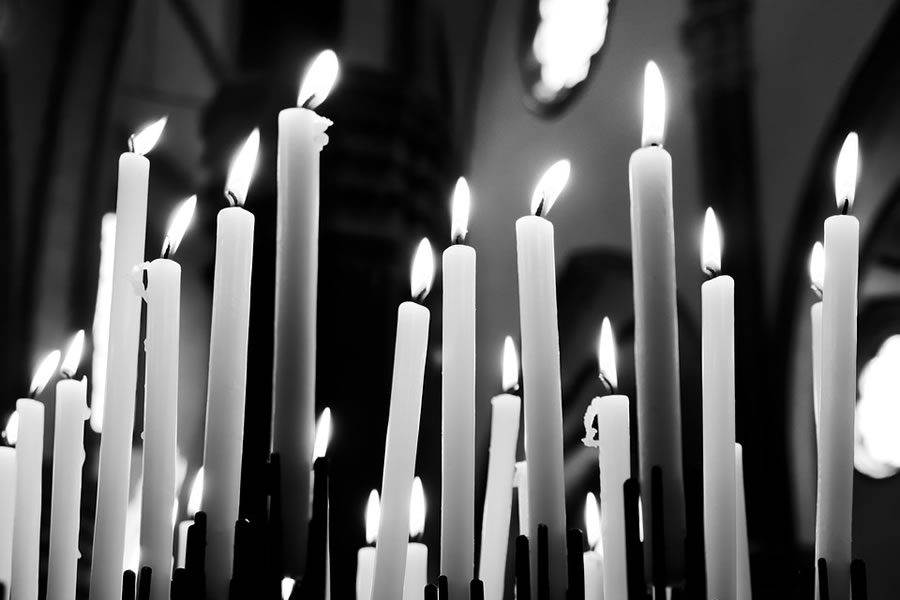
Feast of the Presentation of the Lord
01-29-2023Weekly ReflectionFr. Chris AxlineLater this week (Thursday February 2nd) the Church celebrates the Presentation of the Lord, a feast with deep scriptural and ritual roots. Ritually, this feast, prior to the Second Vatican Council, marked the end of the Christmas Season and was known as the Purification of the Blessed Virgin Mary.
This is a recalling of the ritual practice under the Mosaic Law (which Mary, Jesus, and Joseph observed with reverence and devotion) that marked the end of the 40 day ceremonial period where Mary remained in ritual seclusion after giving birth to Jesus. This period of seclusion and then offering a ritual sacrifice served as a reminder that the newborn child was a gift from God and belonged to God. The customary offering for this was a lamb and two turtle doves or two pigeons or turtle doves if the family was poor. Dedicating the child back to God, for Jews of that day, harkened back to the Exodus and the saving of the Jewish firstborn males on the night they left Egypt.
Liturgically this feast has been present since the beginnings of Christianity but we also see, as early as the fifth century a procession of lit candles accompanying this feast, hence the old name “Candlemas.”
These lit candles come from the prophetic utterance of Simeon in the temple who, when he saw Jesus proclaimed, “Now, Master, you may let your servant go in peace, according to your word, for my eyes have seen your salvation, which you prepared in sight of all the peoples, a light for revelation to the Gentiles, and glory for your people Israel” (Luke 2:29-32, NABRE). Simeon, Luke records, was promised that he would not die until he saw the Messiah and so this canticle of Simeon’s is a reminder that Christ is the promised Messiah.
Thus, the Feast of the Presentation serves as an opportunity for rejoicing that Christ has come, but also, that we too, like Mary, Joseph, and Jesus, need to continually offer ourselves to the Lord so that we may continually be purified and enlightened by Christ, the Light who shines in the darkness and is not overcome (John 1:5).
In his own writings about this feast, John Paul II wrote “God enters the temple not as a powerful ruler but as a little child in his Mother’s arms. The King of glory comes not with a show of human force and power, not with a great fanfare and noise, not causing fright and destruction. He comes into the temple as he came into the world, as an infant in silence, in poverty, and in the company of the poor and the wise.” The Lord presents Himself for us so that we might present ourselves to Him; therefore, we need not be afraid to approach God, but should learn, like Simeon, to rejoice that the Lord has made Himself known to us.
BACK TO LIST